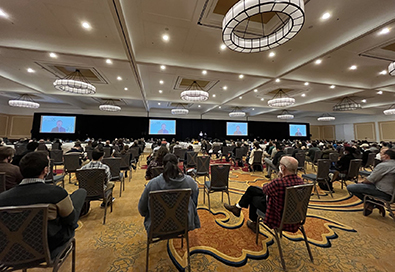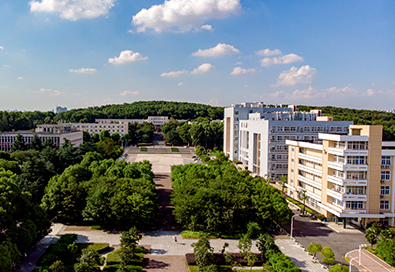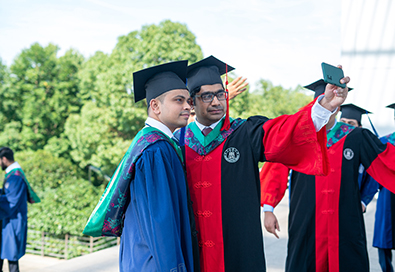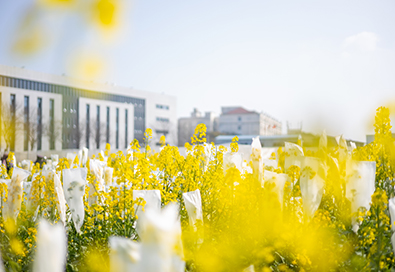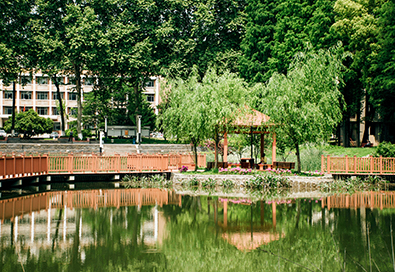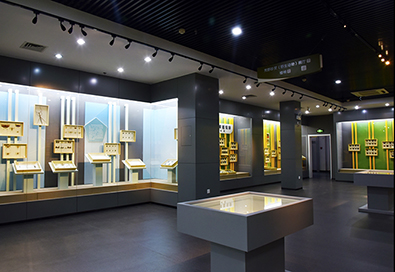In the paddy fields and around the ponds of central China, a common species of orb-weaving spider builds new webs every evening at sunset, allowing it to entrap fireflies that begin to flash, flicker and glow around the same time.
Not content to rely on pure happenstance, the spider, Araneus ventricosus, has found a way to hack the firefly’s bioluminescent signals to lure more fireflies to its web, new research has found.
It does this by making captive male fireflies emulate the single-pulse mating signals of female fireflies, according to a study published Monday in the journal Current Biology, although it's not yet clear exactly how the spider manages this feat.
"The spider manipulates the flashing signals of male fireflies ensnared in its web to mimic the typical flashes of a female firefly, thereby luring other males searching for mates," said study author Daiqin Li, a behavioral ecologist at Hubei University in China.
Female fireflies are usually stationary, Li explained, so only male fireflies tend to get trapped in — and are more likely to be lured to — spider webs.
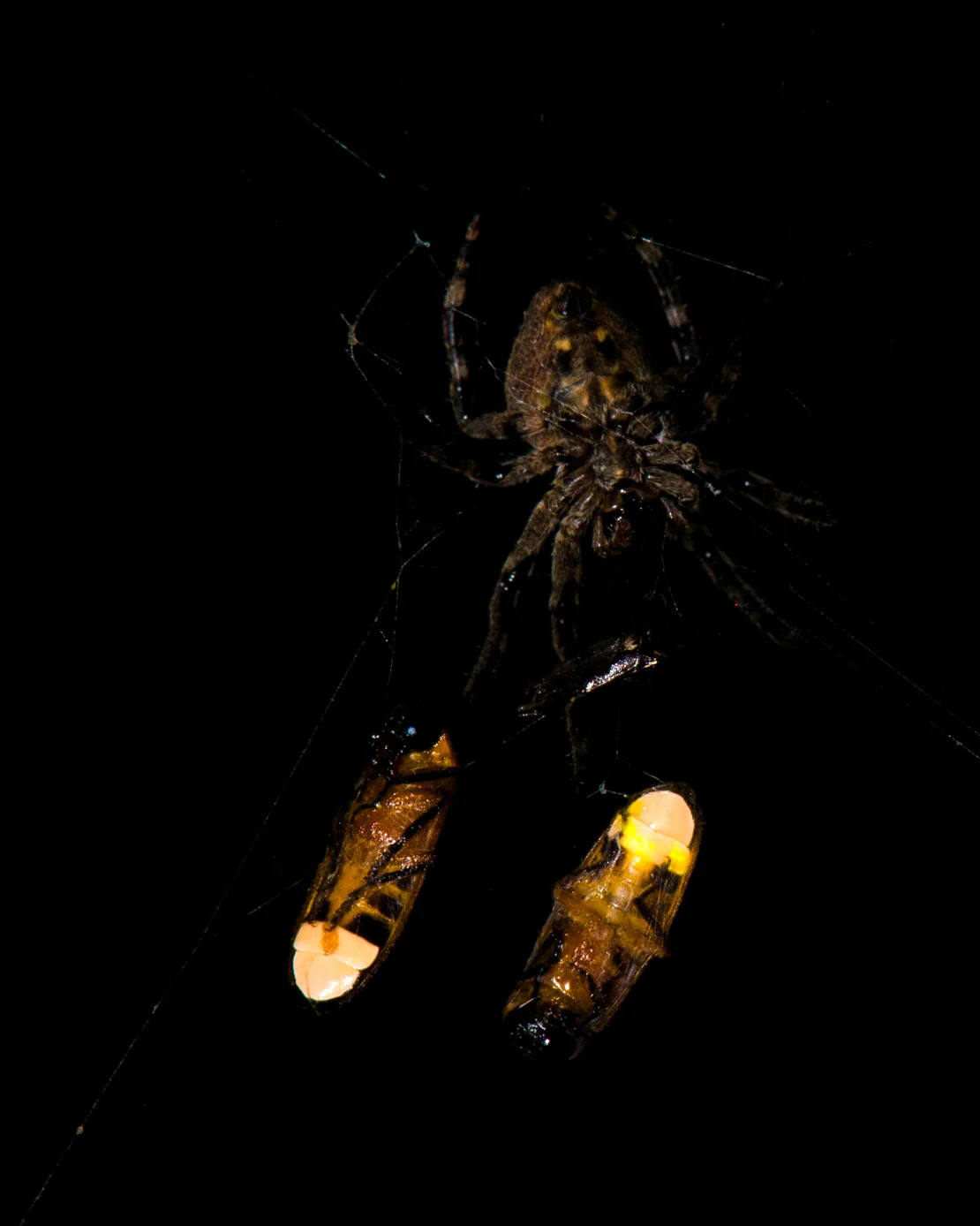
An orb-weaving spider is shown here with two ensnared male fireflies. Xinhua Fu
Web revelations
Fireflies are more likely to be on the spider's menu during the firefly breeding season, usually a two-week period from mid-May to mid-June, when they are particularly active. On their abdomens, the luminous insects have lanterns, tiny organs that emit light through a biochemical reaction.
Male fireflies of the species studied in the new research, Abscondita terminalis, attract females by using two lanterns to make multi-pulse flash patterns, while the sedentary females attract males by making single-pulse signals with one lantern.
Study coauthor Xinhua Fu, a firefly expert at Huazhong Agricultural University in China, first observed male-only clusters of fireflies on the webs of orb-weaving spiders 20 years ago. Fu also noticed some of those male fireflies were making female flashing signals at that time.
Li, Fu and their colleagues decided to investigate further by conducting experiments involving 161 webs. During firefly mating season on farmland in a village close to the city of Wuhan, the researchers located and measured webs each evening, dividing the webs into four different groups, and recording temperature, relative humidity and other factors.
With a net, they caught male fireflies and used a pen to blacken some of the fireflies’ lanterns to stop them from flashing, before placing the fireflies on the webs using tweezers and removing spiders in some cases depending on the variables they were investigating.
A video camera observed what happened to free-flying male fireflies subsequently trapped by the webs in four different scenarios involving two different variables: whether a spider was in the web or not and whether the captive male fireflies added to the webs by the researchers were making female-like flashing signals or not (because their lanterns had been blacked-out).
"During the tests, we monitored each web every 5 to 10 minutes to count the number of additional fireflies that became ensnared," Li said in an email. "Each trial lasted for 2 hours, providing ample time to observe and record the interactions and behaviors."
Their experiments showed that the spiders' webs captured male fireflies more often when the spider was present than when the spider was absent. They also confirmed that the signals made by male fireflies in webs with spiders looked a lot more like the signals of female fireflies: the ensnared males emitted single-pulse signals using only one of their lanterns, not both as would be expected.
Firefly signal deception: theories
The findings, according to the study, suggest that the males weren't altering their flashes as a distress signal, because the number of free-flying fireflies that were ensnared in the webs containing a spider and flashing male fireflies was significantly higher than when no spider was present, indicating the change wasn’t a result of being caught in the web.
Based on their observations, the researchers believe that the spiders alter the firefly's signal in some way, likely as a result of repeated bites deployed by the spider once it detects the male firefly on its web. However, it's not clear whether the spider's venom or the bite itself would lead to changes in the ensnared males' flashing pattern.
"The precise mechanisms by which the spider alters male firefly bioluminescent behavior remain unexplored," Li said.
"When we removed (the fireflies) from the web and allowed a short recovery period, the male fireflies often resumed their normal multi-pulse flashing pattern," he added. "Perhaps the spider's venom disrupts normal flashing behavior.”
Dinesh Rao, principal investigator at the Rao Spider Lab at Universidad Veracruzana in Mexico, who wasn’t involved in the study, agreed that the spider’s ability to manipulate the firefly’s light show might be driven by the venom. The spider’s behavior was “surprising” but not entirely novel, he added, noting that some species of bolas spiders attracted male moths by producing chemicals that mimic female moth pheromones.
"In this case, there is a manipulation of a visual signal, which is very interesting," Rao said in an email. "However, the mechanism behind the change in flashing behaviour is still to be understood."






